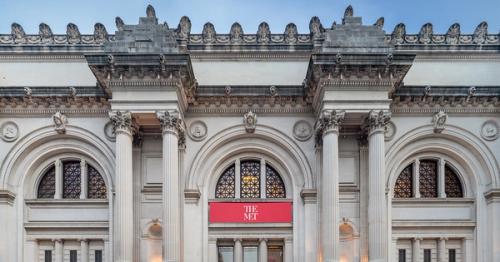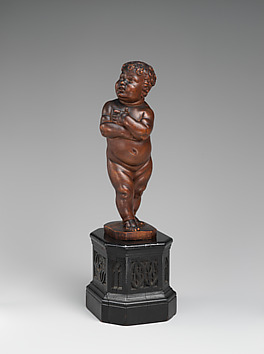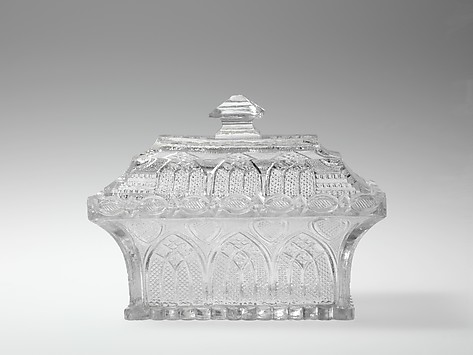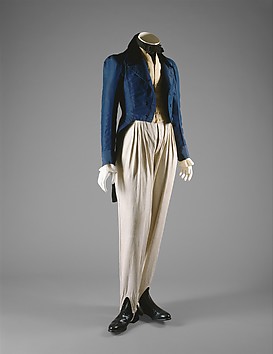Beginning in the early 1930s, American designer sportswear came into its own, later becoming a major force in fashion that continued into the 1990s to influence the way women dress. Designers such as Bonnie Cashin, Tina Leser, Vera Maxwell, Claire McCardell, Clare Potter, and Emily Wilkens initiated a new standard of dressing, one that is right for the lifestyle of the modern woman and that is purely American in its practicality, simplicity, and democratic elements. This was clothing for comfort and versatility that rationally answered the needs of women and was created mostly by women. In 1932, a legendary retailer at Lord & Taylor, Dorothy Shaver, presented a series of showings in the store of new American sportswear trends, for the first time bringing the designers together and specifically naming them. The new sensibility was toward freedom of movement and freedom of choice, and the clothing included mix-and-match ensembles, playsuits, pants, and a variety of activewear. This was the start of the particular branch of fashion history that is presented in American Ingenuity. Richard Martin, Curator of The Costume Institute, The Metropolitan Museum of Art, has brought these designers together again, and his text both examines their position and import as a historical group and discusses their individual accomplishments. His introduction includes period photographs of models wearing the clothes and a discussion of the history of the group, which is integrally related to The Museum of Costume Art in New York City; which, in 1945, merged with The Metropolitan Museum of Art to become The Costume Institute. In light of the early and important connection between The Costume Institute and American designer sportswear, it is particularly appropriate that this publication and the exhibition it accompanies originate at the Metropolitan Museum. The body of this book is divided into five sections, which provide a view of the individual fashions along with discussions of the characteristics and techniques of a number of the innovators of American sportswear. "Wrapping and Tying" features clothes that exemplify the creation of outfits that adjust to the individual wearer, such as Claire McCardell's cottons that make use of tying at both waist and neck and her washable cotton bathing suits that give both comfort and convenience. "Latching," which stresses easy and independent fastening, includes Bonnie Cashin's use of snaps and luggage fasteners. Chapter three is about "Stowing," and here we see big pockets, conspicuous on purpose, which are intended to free women from carrying purses. "Harmonizing" is next and presents mix-and-match separates that allow women to create their own "new look," one that is very different from that of Dior. The last chapter is "Adapting" and is about elements taken from menswear and carefree activewear. Following is a group of twenty-three Profiles of Designers that bring together information about the major practitioners of American sportswear from the 1930s to the 1970s. American Ingenuity continues the mission of The Costume Institute to examine and document diverse aspects of fashion history and fashion's present. It is a fitting tribute to American sportswear. As Richard Martin has written in the Introduction, "Of course, these practical, insightful designers have determined the course of late twentieth-century fashion. They were the pioneers of gender equity in their useful, adaptable clothing, which was both made for the masses and capable of self-expression."





















